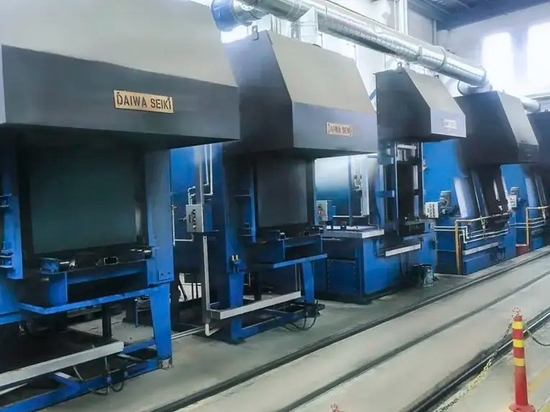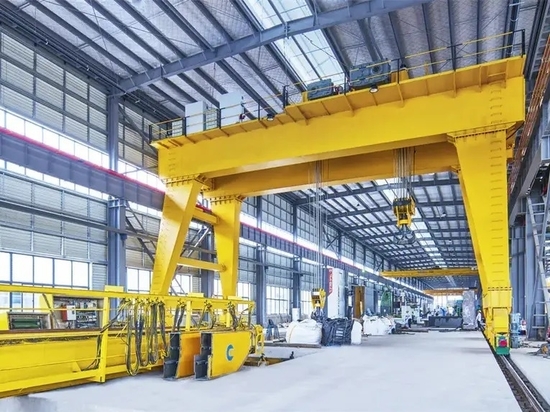
#Industry News
Types Of In-Mold Decoration Techniques Used In The Fuel Cars Mould Base
Types Of In-Mold Decoration Techniques Used In The Fuel Cars Mould Base
The Fuel Cars Mould Base is used to create molds for a range of different plastic automotive parts. Various resins are often used in these parts, but many of the most common are polyvinyl butyral (PVC), nylon, and polypropylene.
The mold base is designed to be strong enough to withstand the stresses of production, and the material that the base is made of is selected for its dimensional stability and strength. It should also be able to accommodate the various kinds of raw materials that can be used in the final products.
This is a highly complex process, so it is important that you choose a quality supplier who can deliver the best results. A good supplier will also be able to offer additional services such as product design, tooling, and machining.
Depending on the application of the vehicle, different types of in-mold decoration techniques are used for automotive components such as in-cab backlit features, radio bezels, interior buttons, and other accessories. The technology allows for multiple colors and 3D graphics to be applied to the part without post-painting and labeling.
In addition, the application of this technology eliminates the need for expensive solvent-based adhesives and the need for secondary labor for the application of overlays. The use of this technology is gaining popularity in the automotive industry and is expected to grow during the forecast period.
Some of the most popular in-mold decoration technologies include:
Blow-molding
The first method involves feeding a raw material, which can be a thermoplastic or metal, into a hollow tank body. The raw material is then molded into a fuel tank that is applied in an automobile. This can be done by using a blow-molding system or a pressure molding machine.
Once the raw material has been shaped into the mold, it is then heated with a hydraulic press until it becomes more flexible and soft. Once this is complete, the molded piece can then be cooled down and finished with a forming process.
This type of process is a high-pressure procedure that requires careful planning and close monitoring to ensure that the end product is correct in both shape and dimension. It is important that the mold is constructed correctly, and that the resulting parts have a smooth surface and are of a suitable thickness.
Another technique involves the use of a heated air gun that can heat up the raw material and then push it into a mold to be shaped. This is a less complicated process than the blow-molding process, but it still requires a detailed plan for the heat and the type of material that is being heated.
These methods can be done on any surface that has a smear of mold, and is not only safe to use but is also highly effective. The most common way to clean mold is to use the froth from dish soap, but you can also try using baking soda, which works equally well and is much cheaper.





